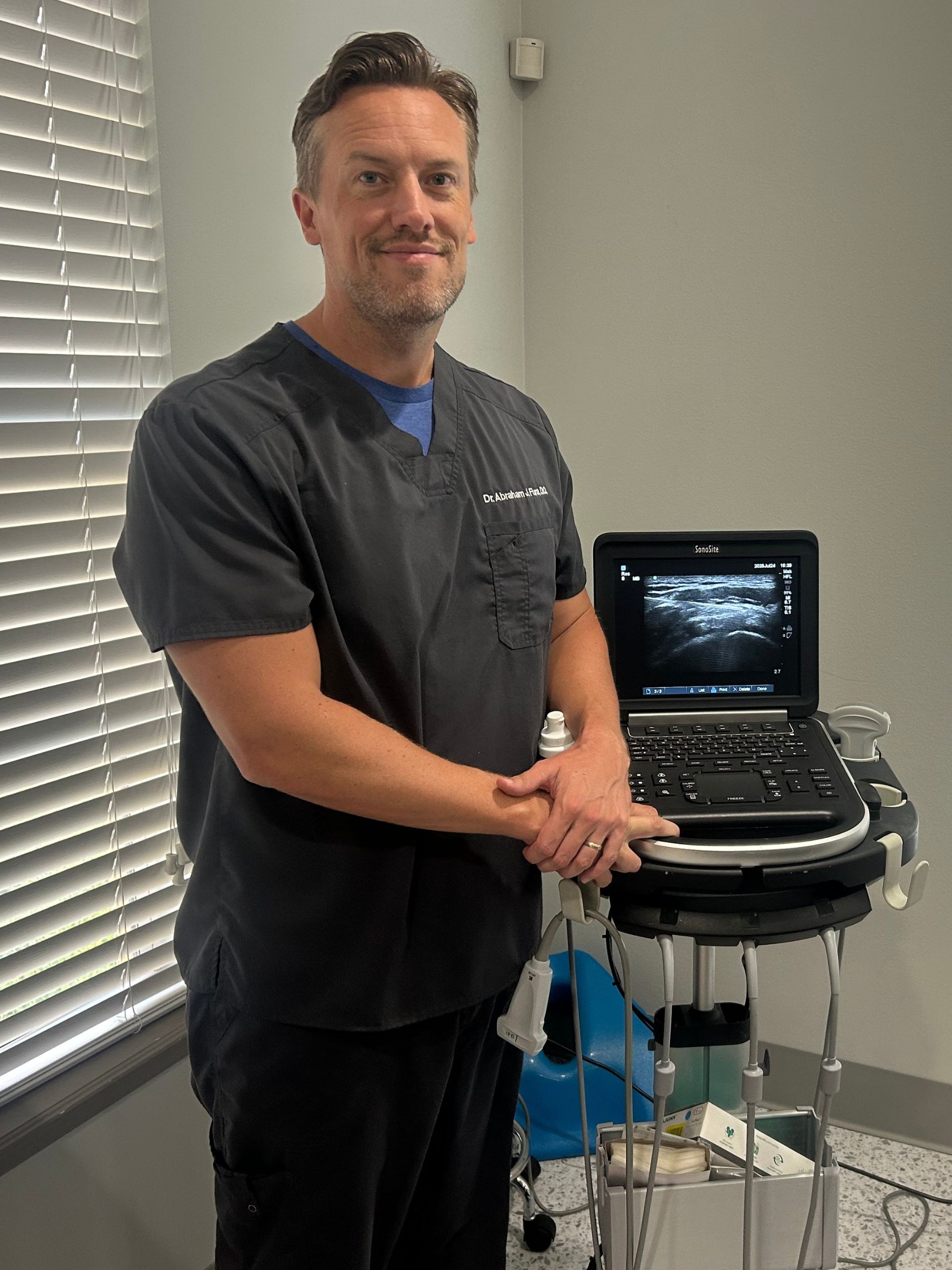
CONDITION OVERVIEW
Tennis elbow, medically known as lateral epicondylitis, is a common condition causing pain on the outside of the elbow. It's an overuse injury affecting the tendons that connect your forearm muscles to the bony prominence on the outside of your elbow. While often associated with racquet sports, most cases occur in individuals with jobs or hobbies involving repetitive wrist and arm motions. The condition can be acute, appearing suddenly after intense activity, or chronic, developing gradually over time with persistent, milder pain.

ROOT CAUSES
Tennis elbow is primarily caused by repetitive stress on the forearm's extensor muscles. This strain leads to microscopic tears in the tendon that attaches these muscles to the lateral epicondyle, the bony bump on the outside of your elbow.
Improper technique, especially on backhand strokes, places excessive force on the elbow tendon. Using a racquet that is too heavy or strung too tightly can also contribute.
Jobs that involve repetitive twisting and gripping motions, such as plumbing, painting, carpentry, and cooking, are common culprits for developing tennis elbow.
Activities like gardening, playing musical instruments, or extensive computer mouse use can strain the forearm muscles and lead to the condition over time.
The condition is most common in adults between the ages of 30 and 50, as tendons become less flexible and more susceptible to injury with age.

RECOGNIZING THE SIGNS
Symptoms of tennis elbow often develop gradually. The pain may start as mild and slowly worsen over weeks and months. Key indicators include the following:
A persistent ache or burning sensation on the outside of the elbow that may radiate down the forearm and into the wrist.
Difficulty with everyday tasks such as shaking hands, turning a doorknob, or holding a coffee cup due to a weakened grip.
Pain that worsens when lifting objects, making a fist, or performing twisting motions of the forearm.
In some cases, the pain can become constant and severe enough to disrupt sleep.
The elbow and forearm may feel stiff and tender, particularly in the morning.
The area around the bony part of the elbow may be tender to the touch and occasionally show mild swelling.